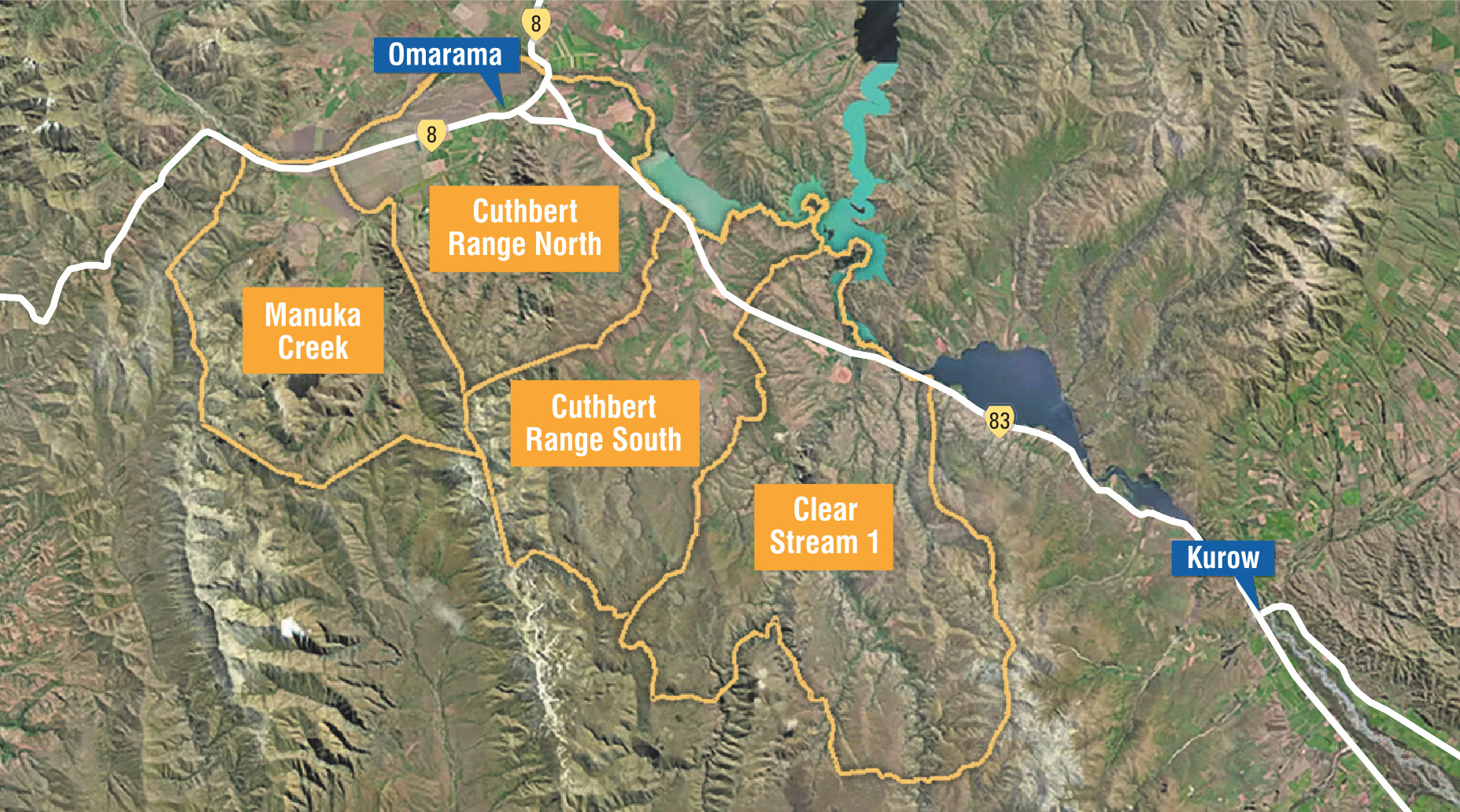
"Otago and central Otago in particular, is considered a hot spot for bovine Tb because of the spread of the disease within the possum population in the area, "Ospri general manager of disease control planning and integration Simon Andrew said.
The number of infected herds in Otago has reduced recently to five — four beef herds and one deer.
There are 16 infected herds across New Zealand and the possum is bovine Tb’s main vector or disease carrier.
"The movement control area we started from October 1, protects 110 farms within this region but also farms in surrounding disease-free regions.
"Other work we have under way in the area includes the assessment and scheduling of follow-up Tb testing for animals which have grazed in Tb risk areas.
"We have completed all the additional follow-up testing of animals which may have been in contact with those from currently and previously infected herds in the area.
"More than 1200 additional tracing tests have been completed in the area so far this year."
Ospri was also increasing its wild animal control and survey programme for the 2025-26 year, including additional possum control in South Waitaki.
"Our possum control and wild animal surveying for the next financial year in Otago will cover 507,065ha. Just under 120,000ha will be in the South Waitaki."
Ospri had already begun the possum control programme, specifically around Clear Stream, Manuka Creek and the Cuthbert Range.
"This work started in June and is expected to run for at least the next three years, possibly out to five years," Mr Andrew told the Oamaru Mail.
"The methods of control include a toxin called Feratox in bait stations or bait bags, plus the use of other ground control traps along with dogs and gun.
"No 1080 is being used in these locations at this time.
"As always with an Ospri programme like this, trapping and poisoning warning signs are at all the public access sites where devices have been laid."











